Scroll down for more
Keep Your Team Up with The Right Talent Development Program
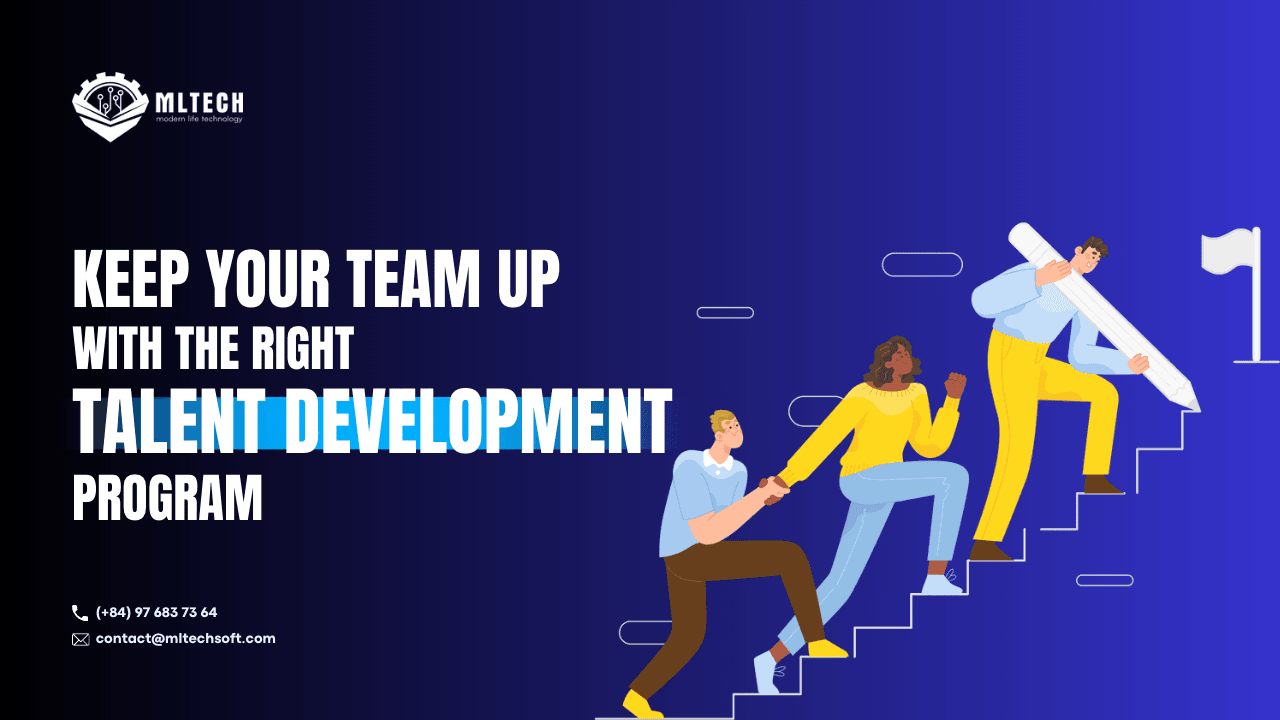
The way we work is constantly evolving.
As we integrate new technologies into our daily processes, our job roles change accordingly. You need to develop people who can adapt to changing conditions and take on new roles as your business evolves. A comprehensive talent development program will get you there.
Introduction
Talent development programs take a holistic look at the skills and competencies that exist in the workforce and identify gaps that need to be filled. At a strategic level, this approach helps determine the skills needed to move the business forward and informs the planning process for developing those skills within the workforce.
Step 1: Define Competency Frameworks
A "competency framework" is a structure that establishes and defines the individual competencies (such as problem solving and people management) needed by people working in an organization or part of that organization.
The importance of defining competency frameworks as the first step in a talent development program
Competency management can identify the skills a person must perform well in order to be successful in a particular role. This ability to recognize the skills needed for the job means HR can better identify candidates who will succeed in the role.
Competence-based development benefits both organizations and individuals. Improve engagement and retention by giving your employees greater job mobility and more control over their career direction.
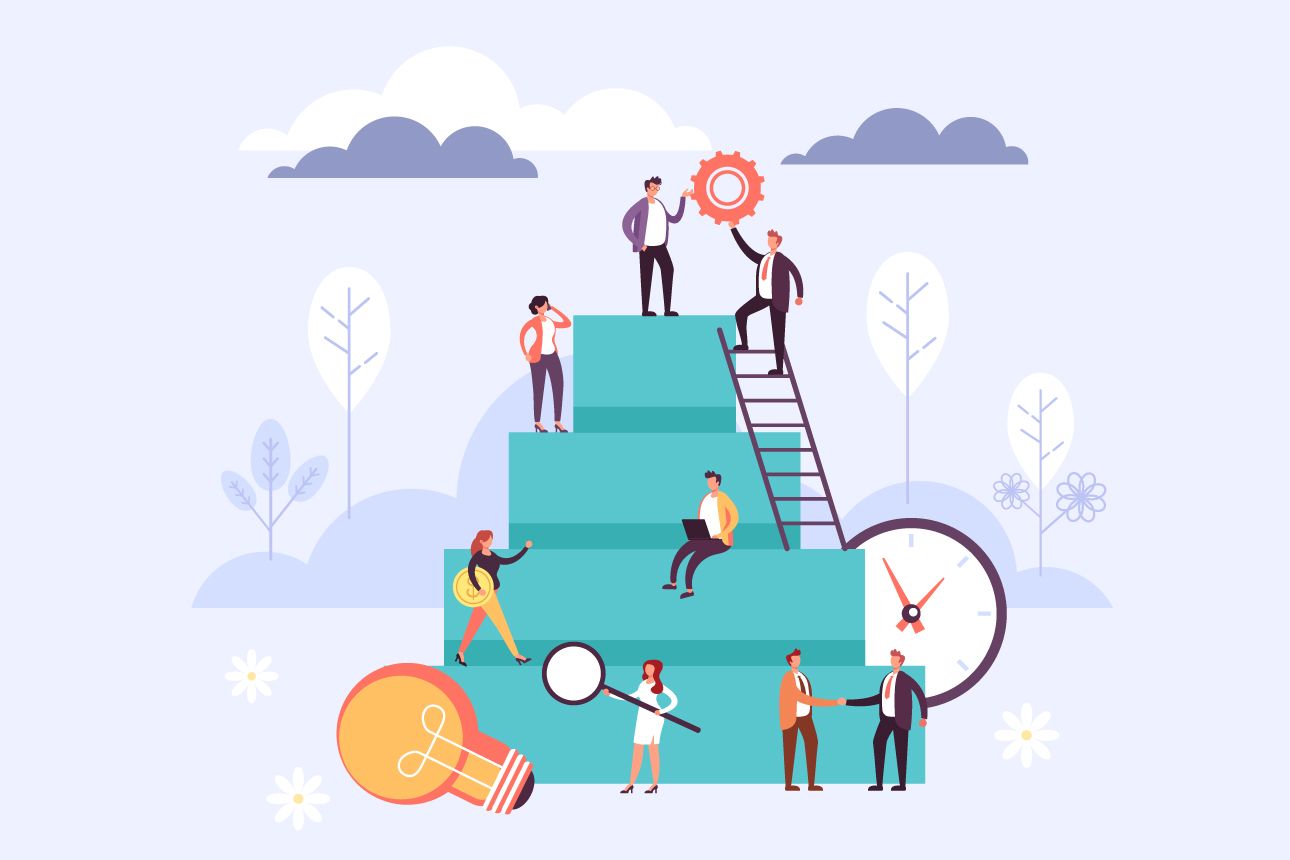
Key competencies that software developers should possess
Technical skills
Coding is the process of writing a set of instructions to be executed by a computer. It's the foundation of software engineering and employers consistently list it as one of the technical skills on their job postings. Therefore, if you are pursuing a career as a software developer, understanding one or more programming languages is essential to your success.
Problem solving
Problem solving is an essential skill in the workplace. This means finding the root cause of problems and developing effective and efficient solutions. Tasks using this skill include software testing and debugging. Perseverance, creativity, innovation, and critical thinking are also used to find the root cause of problems and develop effective solutions.
Collaboration
Collaboration among software development teams is especially important. Because an individually talented developer and his software engineer need to share their skills, solve problems together, and work most efficiently.
Working in teams encourages creative thinking, provides another perspective, and accelerates product development. Each team and its members are aware of their roles and responsibilities, allowing them to work more efficiently, which ultimately leads to the success of the software.
How organizations can define competency frameworks based on job roles and career paths
A competency framework is a way for an organization to communicate what behaviors are expected, valued, recognized, and rewarded in relation to specific job functions. This ensures that employees generally have a shared understanding of the organization's values and can expect good performance.
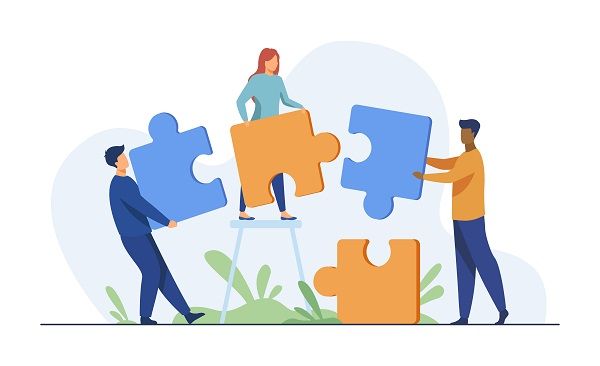
Step 2: Conduct Skill Gap Analysis
Conducting a skills gap analysis is a three-step process that includes determining required skills, evaluating candidate skills, and identifying gaps. This analysis helps recruiters understand how candidates perform in specific roles.
Conduct a skill gap analysis to identify areas where software developers need to up-skill
A skills gap analysis helps you gain insight into which employees are lacking in key skills and which are topping them. You can plan your training and courses appropriately based on the number of employees who need to acquire the professional skills they need to work in your organization.
Tools and techniques to conduct a skill gap analysis
Top 5 Skill Gap Analysis Tools
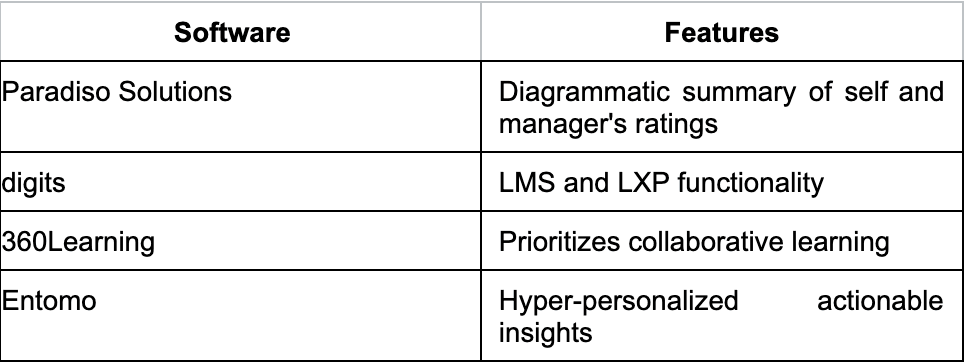
How can the results of a skill gap analysis be used to develop personalized learning for each software developer?
Proper training can bridge the gap between your current skill level and your desired skill level. We can organize workshops, training courses, and seminars for your employees through our professional practice companies. In addition to formal training, we can also provide: Subscriptions, Online courses, Materials.
Step 3: Develop Personalized Learning and Development Plans
Personalized learning is a people-centered L&D approach that tailors training to an individual's professional role, needs, and interests. This intelligent L&D strategy matches qualifications to the learner's skill gaps and career path.
In a world where everything from e-commerce platforms to movie-streaming apps is becoming more personalized, it's important to provide the same "personal" experience to capture the attention of your employees. Making personalized learning part of your L&D strategy is highly beneficial for your business.
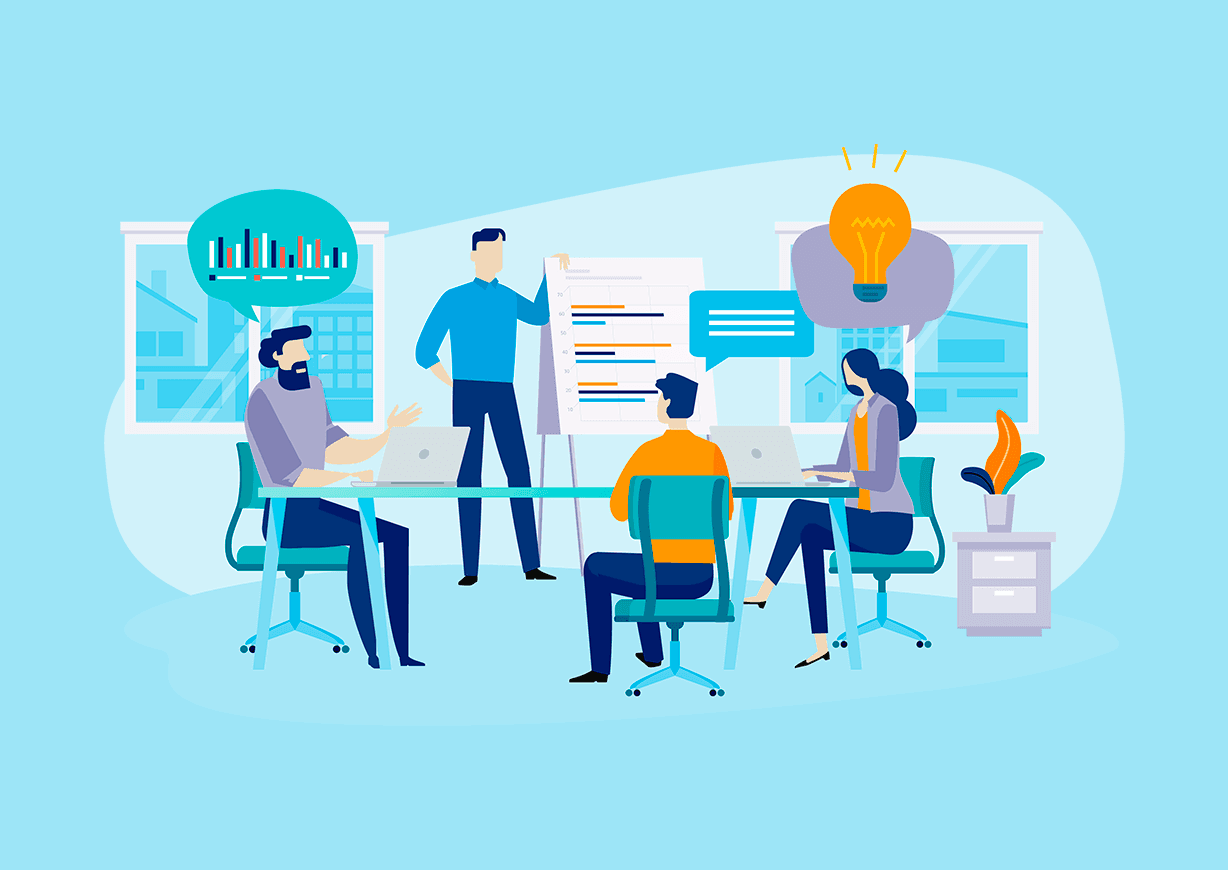
The importance of developing personalized learning and development plans for software developers
Personalized learning is a people-centered L&D approach that tailors training to an individual's professional role, needs, and interests. This intelligent L&D strategy matches qualifications to the learner's skill gaps and career path.
In a world where everything from e-commerce platforms to movie-streaming apps is becoming more personalized, it's important to provide the same "personal" experience to capture the attention of your employees. Making personalized learning part of your L&D strategy is highly beneficial for your business.
Types of learning and development opportunities that can be included in a plan
Training and development programs are educational activities organized by employers for the benefit of their employees. These training programs are designed to continuously provide employees with the relevant skills and knowledge to do their jobs better.
Online courses
An online course is a program of study organized according to a syllabus (usually units) and taking place in a virtual space. An online course can be informal and focus on one skill, or it can be formal enough to lead to a certification or degree.
Mentorship programs
A formal mentoring program is a structured, often personal relationship in a work, organizational, or academic setting. Mentoring enables people to learn from each other and provides a route for transferring skills and knowledge.
Conference
The most common term for meetings for discussion - most commonly adopted by associations and organizations for their regular meetings. This is usually associated with the most traditional method of presentation: a paper followed by questions:
How a personalized learning and development plan helps software developers acquire new skills and knowledge?
A Personal Development Plan or PDP is a structured framework that can be used to become aware of your abilities. Identify and develop the required skills. Think about what you want to achieve and how you will achieve it.
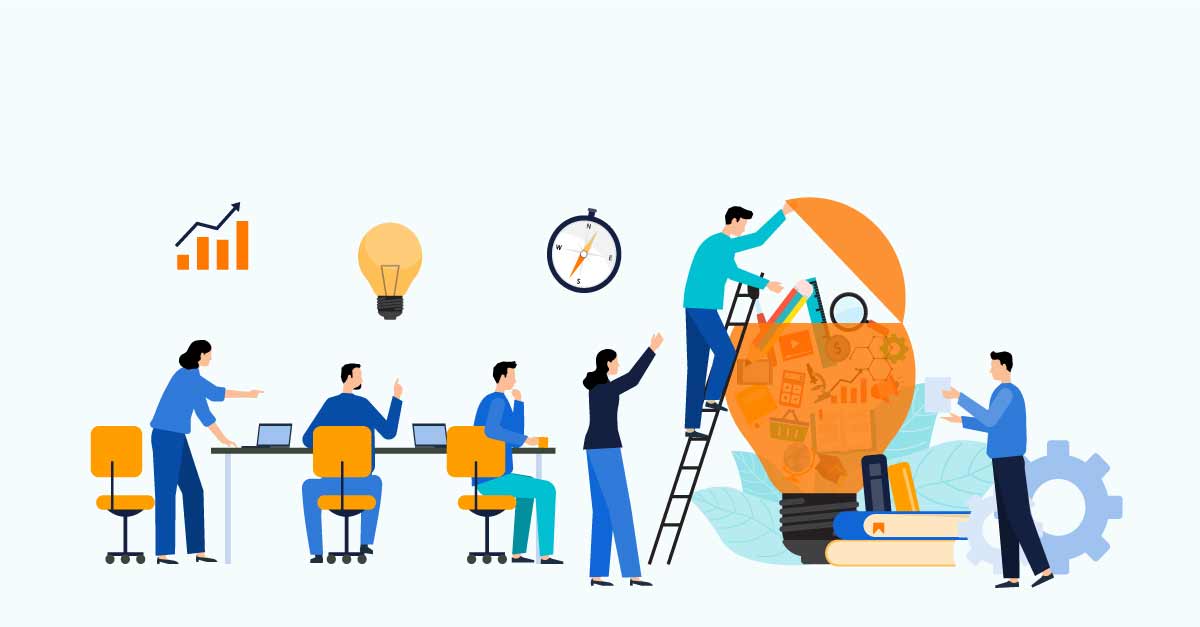
Step 4: Implement Learning and Development Programs
As new tools and technologies emerge, organizations must become more agile and adapt their business processes and practices. L&D departments also need to be ready to jump-start their skill-building programs. For example, new business needs may arise suddenly, or employees may need immediate training on new technologies such as cloud-based collaboration tools.
Types of learning and development programs that can be implemented as part of a talent development program
Online courses
Online training, also known as eTraining or virtual training, is learning that is done for a specific job. For example, if you recently hired an account manager, you could receive online training on the responsibilities of that particular position, such as: B. To use our helpdesk software.
Workshops
A workshop is a structured and methodical method of teamwork that ensures solid results while avoiding common teamwork pitfalls such as team politics, asymmetric knowledge, and different working styles.
Coaching
Employee coaching is the process of mentoring employees through regular and systematic feedback, support, and development. Employee coaching helps individuals meet or exceed the expectations of their role and make a positive contribution to the workplace.
How can organizations implement these programs effectively for software developers?
Strong leadership sets the tone for effective team collaboration. Managers and leaders must foster the perfect environment in which developers can experiment and fail without fear. When teams feel empowered to innovate, they can work together to develop creative solutions. If leaders block open communication and the time to try out ideas, team members are less likely to experiment and discuss solutions.
Ongoing feedback and evaluation to ensure that learning and development programs are meeting the needs of software developers and the organization as a whole
Continuous feedback encourages employees to do their best work. It also boosts employee morale and increases loyalty to their work and organization. Continuous feedback minimizes the time it takes to complete a specific task/project. It provides an organization with well-trained and well-maintained employees.
Step 5: Provide Opportunities for Practice and Feedback
By having learners practice applying new knowledge and skills, you ensure that they remember and apply them. By providing opportunities to apply what they have learned to real-world problems, learners are prepared to tackle the challenges they may encounter on the job.
User-based feedback not only helps us set priorities, but can also help us design and improve the final product. Improving the usability of your software is essential to its long-term success and should never be an afterthought.
How can organizations create environments that support ongoing learning and development?
Hackathons
Hackathons are events where computer programmers come together to develop new approaches to solving problems or complete large projects that require collaboration. During a hackathon, participants want to contribute new techniques, standards, or personal programming styles to advance projects and develop solutions.
Peer review sessions
Peer review refers to the various ways in which students can share their creative work with their peers and receive constructive feedback, which they can use to modify and improve their work. Rewriting is just as important as drafting, but students often feel unable to part with the original.
How can providing opportunities for practice and feedback help software developers apply new skills and knowledge in real-world contexts?
Formal settings include conferences, courses, seminars, retreats, and workshops. Informal opportunities for teacher professional development include independent research and surveys, mutual learning initiatives, and chatting with colleagues in the staff room.
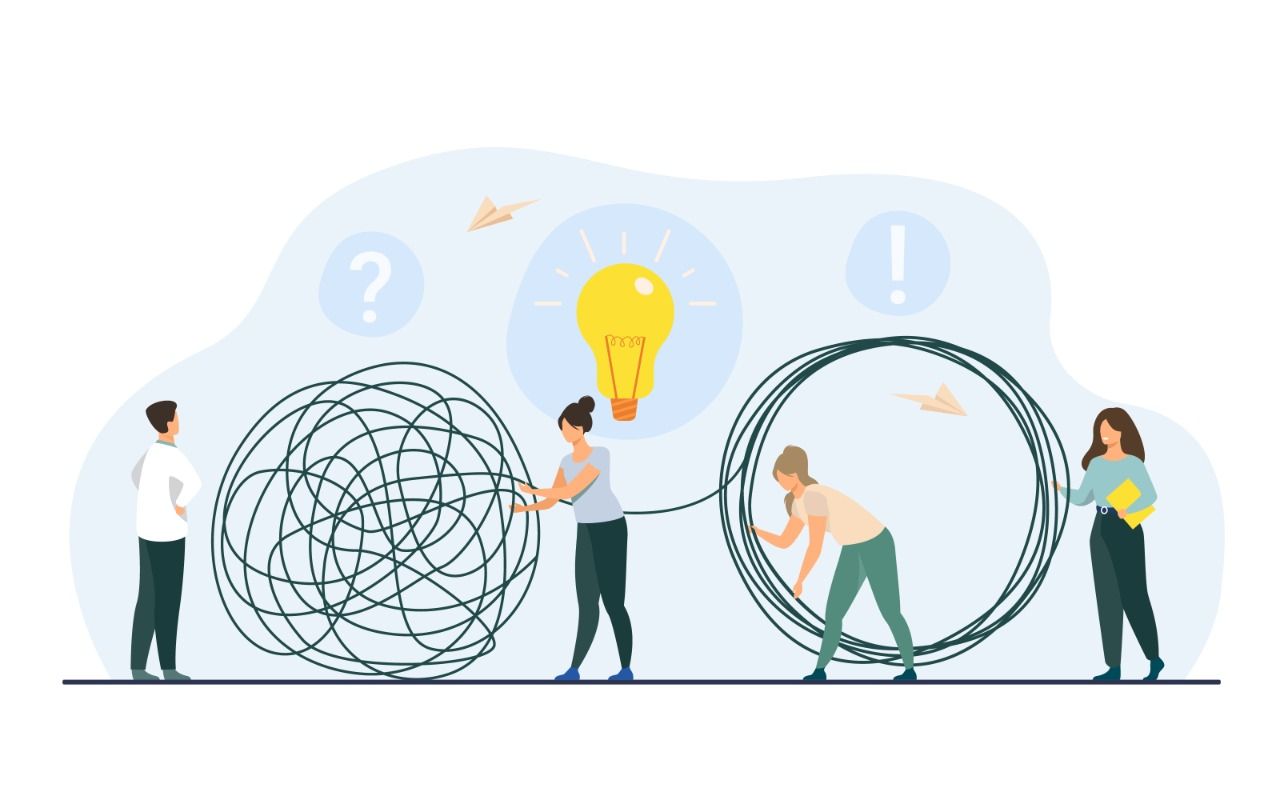
Step 6: Measure and Evaluate Results
The process of finding the properties and sizes of physical objects is called measurement. On the other hand, evaluation is a series of quantifications and qualitative interpretations based on value judgments.
Implementing and practicing talent development ensures that employees know their roles and have the skills and tools they need to achieve their goals. This helps reduce mistakes. Proper training also improves employee engagement and overall performance.
Metrics to measure the effectiveness of a talent development program
The most commonly used metrics in HR include Headcount, Turnover, Diversity, Compensation, Total Cost of Employee Span and Shift, Employee Engagement, Talent Acquisition, Learning, Workforce Planning, Productivity, Manager effectiveness, etc.
How can ongoing evaluation and adjustment help organizations improve their talent development programs over time?
Talent management is how employers recruit and develop the most productive workforce that is likely to stay with the organization for the long term. Strategic implementation of this process can improve the overall performance of the company and maintain its competitive edge.
Conclusion
Many organizations have basic training and development programs in place. However, today's work environment calls for comprehensive talent development programs. Making talent development a strategic priority can take you to the next level.
Prepare your employees to adapt to constant change. Find your company's next leaders and develop them to lead your company in the future. Embedding talent development at every level of your organization, from day-to-day operations to overall business planning, will help you face the future with confidence.
Content
Get our blog
Want the latest and greatest from our blog straight to your inbox? Chunk us your details and get a sweet weekly email.
Read more in our blog

Project Management
The Impact of Dynamic Pricing on Customer BehaviorExplore the impact of dynamic pricing on customer behavior and learn how to implement effective pricing strategies.

Project Management
Focus in Scrum: Keeping Your Team on TrackDiscover effective strategies to maintain focus within your Scrum team, overcome common challenges, and boost productivity.

Project Management
Key Metrics for Mobile App SuccessDiscover the essential metrics for mobile app success, from user acquisition and engagement to monetization and performance.
MLTECH SOFT